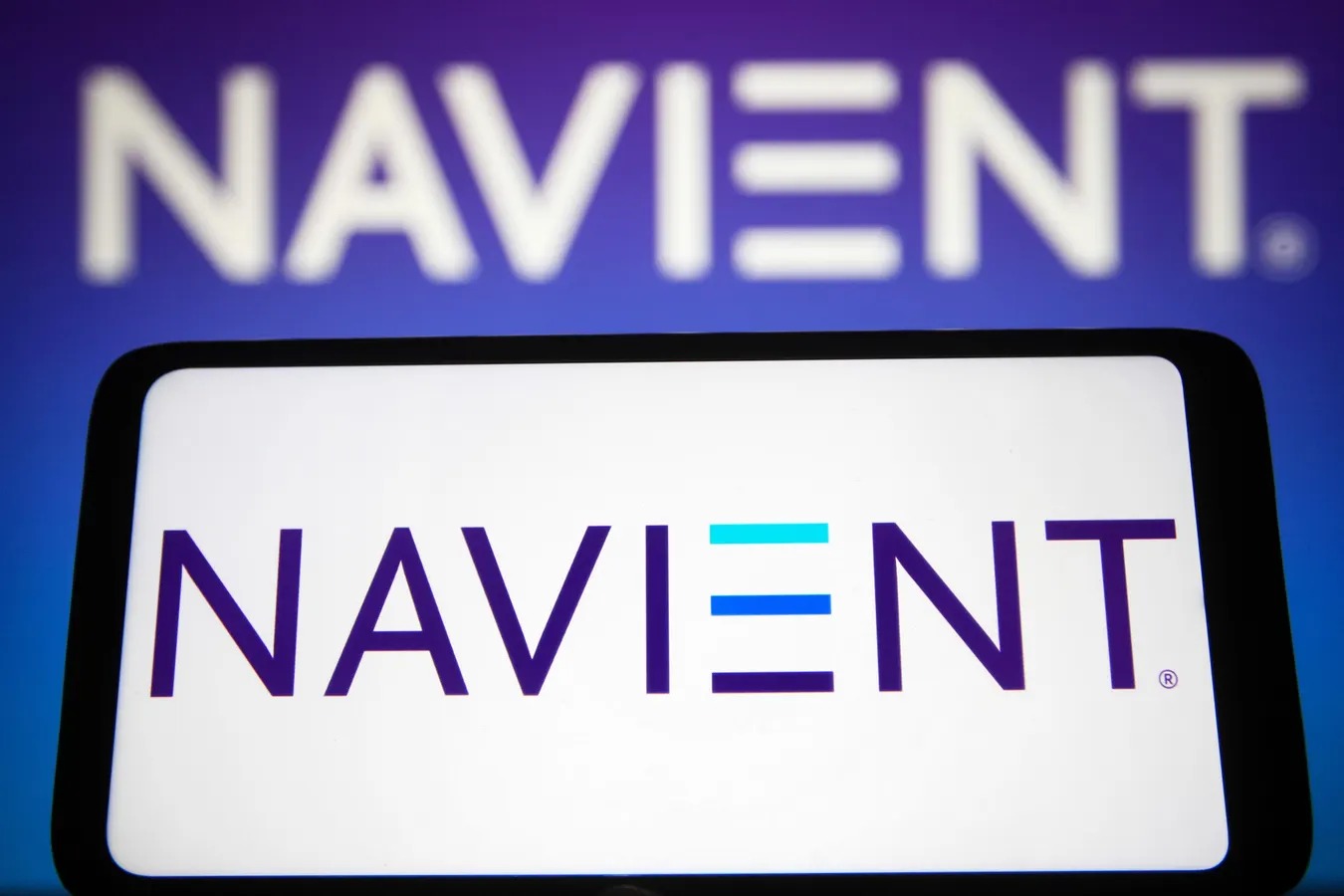

Finance
What Is A Grace Period On Subsidized Loans?
Modified: February 21, 2024
Learn about the grace period on subsidized loans and how it impacts your finances. Understand the benefits and implications of this financial term.
(Many of the links in this article redirect to a specific reviewed product. Your purchase of these products through affiliate links helps to generate commission for LiveWell, at no extra cost. Learn more)
Table of Contents
Introduction
When it comes to financing higher education, many students rely on a combination of scholarships, personal savings, and student loans. Among the various types of student loans available, subsidized loans stand out as a favorable option due to their unique features, including a grace period. Understanding the concept of a grace period on subsidized loans is crucial for students and graduates alike, as it can significantly impact their financial planning and loan repayment strategies. In this comprehensive guide, we will delve into the intricacies of subsidized loans, shed light on the concept of a grace period, explore its benefits, and provide valuable insights on how to leverage this period effectively.
Whether you’re a current student contemplating your loan options or a recent graduate preparing to enter the workforce, grasping the nuances of the grace period on subsidized loans is essential for making informed decisions and managing your financial obligations effectively. By the end of this article, you will have a clear understanding of how the grace period functions, its advantages, and actionable tips for maximizing its benefits while repaying your subsidized loans.
Understanding Subsidized Loans
Subsidized loans are a type of federal student loan designed to provide financial assistance to undergraduate students with demonstrated financial need. These loans offer favorable terms, including fixed interest rates and flexible repayment options, making them an attractive choice for students pursuing higher education. Unlike unsubsidized loans, the key distinction of subsidized loans lies in the government’s subsidy of the interest that accrues while the borrower is enrolled in school at least half-time, during the six-month grace period after graduation, and in periods of loan deferment.
One of the primary benefits of subsidized loans is that the government covers the interest payments during specified periods, thereby alleviating the financial burden on students. This feature sets subsidized loans apart from other types of student loans, as it effectively reduces the overall cost of borrowing for eligible students. Additionally, the eligibility for subsidized loans is contingent on the student’s financial need, which is determined based on the information provided in the Free Application for Federal Student Aid (FAFSA).
It’s important to note that there are annual and aggregate limits on the amount of subsidized loans that a student can borrow, determined by their academic level and dependency status. These limits are in place to ensure that students can access the necessary funds to cover their educational expenses without accumulating an excessive amount of debt. By understanding the specific terms and limitations of subsidized loans, students can make informed decisions regarding their borrowing needs and effectively manage their financial obligations throughout their academic journey.
What Is a Grace Period?
A grace period, in the context of student loans, refers to a predetermined period of time during which borrowers are not required to make payments on their loans. For subsidized loans, the grace period typically extends for six months after the borrower graduates, leaves school, or drops below half-time enrollment. This grace period is designed to provide borrowers with a transitional period as they prepare to enter the workforce and secure their financial stability post-graduation.
During the grace period on subsidized loans, the government continues to cover the accruing interest, ensuring that borrowers are not burdened by immediate repayment obligations. This feature offers a valuable reprieve for graduates, allowing them to focus on securing employment and establishing a solid financial foundation before commencing loan repayments. It’s important to note that the grace period is a predetermined benefit of subsidized loans and is not applicable to all types of student loans, such as unsubsidized loans or private student loans.
Furthermore, the grace period serves as a buffer, providing borrowers with a window of opportunity to explore various repayment plans, assess their financial situation, and make informed decisions regarding their loan repayment strategies. By understanding the nuances of the grace period, borrowers can effectively leverage this time to plan their finances, budget for loan repayments, and explore potential opportunities for loan consolidation or refinancing.
Overall, the grace period on subsidized loans offers a crucial breathing space for graduates, empowering them to transition into the workforce with a measure of financial flexibility and a strategic approach to managing their student loan obligations.
Benefits of a Grace Period
The grace period on subsidized loans presents several compelling benefits for borrowers, serving as a valuable component of the overall loan repayment structure. Understanding and capitalizing on these benefits can significantly impact a borrower’s financial well-being and loan management. Here are the key advantages of the grace period:
- Financial Breathing Room: The grace period offers graduates a crucial window of time to secure employment, establish a steady income, and adjust to post-graduation life without the immediate pressure of loan repayments. This financial breathing room can alleviate stress and allow borrowers to focus on building a solid financial foundation.
- Interest Subsidy Continuation: Throughout the grace period on subsidized loans, the government continues to cover the accruing interest. This translates to potential savings for borrowers, as the interest subsidy mitigates the overall cost of borrowing and reduces the loan balance that would have otherwise accumulated interest during this period.
- Exploration of Repayment Options: During the grace period, borrowers can explore and evaluate various loan repayment plans offered by loan servicers. This enables borrowers to assess their financial situation, research different repayment options, and select a plan that aligns with their income and long-term financial goals.
- Loan Consolidation and Refinancing Opportunities: The grace period provides an opportune time for borrowers to consider loan consolidation or refinancing, especially if they have multiple federal student loans. By consolidating loans, borrowers can streamline their repayment process and potentially secure a lower interest rate, while refinancing offers the potential for reduced interest costs and modified loan terms.
- Strategic Financial Planning: Leveraging the grace period allows borrowers to engage in strategic financial planning, including budgeting for future loan repayments, establishing an emergency fund, and assessing their overall financial outlook. This proactive approach can contribute to a more sustainable and organized repayment strategy.
By recognizing and harnessing these benefits, borrowers can make informed decisions and maximize the advantages offered by the grace period on subsidized loans, ultimately setting a solid foundation for successful loan repayment and financial stability.
How to Take Advantage of the Grace Period
Effectively leveraging the grace period on subsidized loans involves strategic financial planning and proactive decision-making. By capitalizing on this transitional period, borrowers can set the stage for a smooth transition into loan repayment and long-term financial stability. Here are actionable steps to take advantage of the grace period:
- Secure Employment: Use the grace period to actively pursue employment opportunities aligned with your career goals. Securing a steady income stream is essential for preparing to meet future loan repayment obligations.
- Assess Financial Situation: Evaluate your overall financial position, including income, expenses, and existing financial commitments. Understanding your financial landscape is crucial for formulating a realistic repayment strategy.
- Explore Repayment Plans: Research and compare the various federal loan repayment plans available. Consider factors such as income-driven repayment options, standard repayment plans, and potential eligibility for loan forgiveness programs.
- Consider Loan Consolidation or Refinancing: If you have multiple federal student loans, assess the benefits of consolidating your loans into a Direct Consolidation Loan. Additionally, explore the option of refinancing your loans with a private lender to potentially secure a lower interest rate and modified loan terms.
- Establish a Budget: Create a comprehensive budget that accounts for future loan repayments. Factor in living expenses, savings goals, and discretionary spending while ensuring that your budget accommodates your projected loan payments.
- Build an Emergency Fund: Allocate a portion of your income to build an emergency fund during the grace period. Having a financial safety net can provide peace of mind and protect you from unforeseen expenses or financial hardships.
- Stay Informed: Stay updated on loan-related information and resources. Utilize reputable financial websites, official government loan servicer platforms, and educational resources to enhance your understanding of loan management and repayment strategies.
By proactively engaging in these steps, borrowers can optimize the grace period to lay a solid foundation for successful loan repayment, financial resilience, and long-term financial well-being. The strategic utilization of the grace period can set the stage for a smooth transition into the active repayment phase, empowering borrowers to manage their loans effectively and achieve financial stability.
Conclusion
Understanding the intricacies of subsidized loans and the accompanying grace period is paramount for students and graduates navigating the complexities of higher education financing. The grace period serves as a valuable tool, offering borrowers a transitional phase to prepare for the responsibilities of loan repayment while mitigating immediate financial burdens. By capitalizing on the benefits of the grace period and implementing strategic financial planning, borrowers can position themselves for successful loan management and long-term financial stability.
Throughout the grace period, borrowers have the opportunity to secure employment, assess their financial situation, explore repayment options, and consider loan consolidation or refinancing. These proactive measures enable borrowers to lay a solid foundation for effective loan repayment and financial resilience. Additionally, the grace period facilitates strategic financial planning, empowering borrowers to create budgets, establish emergency funds, and stay informed about loan management best practices.
By embracing these actionable steps and leveraging the grace period to its full potential, borrowers can navigate the transition from student to graduate with confidence, setting the stage for a well-informed and organized approach to loan repayment. The grace period not only offers immediate financial relief but also serves as a catalyst for long-term financial success, empowering borrowers to make informed decisions and establish sustainable financial practices.
In essence, the grace period on subsidized loans is a valuable resource that, when utilized effectively, can contribute to a borrower’s financial well-being and overall success in managing student loan obligations. By recognizing the benefits of the grace period and implementing proactive strategies, borrowers can embark on their post-graduation journey with a sense of financial empowerment and the tools needed to navigate the complexities of loan repayment with confidence.














